Keeping your lawn healthy isn’t just about how often you mow, it’s also about choosing the best time to cut grass, because mowing at the right moment helps your lawn stay lush through every season. Mow at the wrong time and you could stress the grass or even stunt its growth. So it’s necessary to take a closer look at why timing matters and how to choose the best moment for mowing your lawn.
Factors that Affect the Best Time to Cut Grass
First things first, we need to understand how timing plays a role here. In most cases, it is decided by factors including the season, climate, sunlight, and grass types.
Climate
Mowing your lawn during either heavy rain or heat waves may hurt your grass. Periods of heavy rain or flooding may cause damage to your wet and vulnerable grass blades from the lawnmower.
Besides, heat waves are another thing to look out for, as these can cause heat stress in plants, including grass. You should skip cutting the grass if the temperature is more than 90°F (or 32.2°C) because the grass is already stressed from the heat and mowing can worsen the issue.
Season
The time of year plays some part in the best time to cut grass. For example, during the spring and early summer, when the heat isn’t as intense, you can often mow later in the afternoon, no need much concern for the sun stressing and damaging the grass.
However, in late summer with high temperatures, you may need to start cutting the grass before 8 a.m., while fall is a good time to prepare your yard before it goes dormant for winter.
Sunlight
Sunlight also plays a role here. Mowing in the heat of the day can do more harm than good. Direct, strong sunlight can dry out freshly cut blades, or even cause lawn damages. While it could be much safer to mow in softer light, which helps grass recover with less stress.
Grass Types
Not all lawns are the same, the type of grass you grow matters, too. For instance, cool-season grasses, like fescue or Kentucky bluegrass, tend to thrive in spring and fall, so mowing during these periods is less stressful for them.

Warm-season grasses, like Bermuda or zoysia, handle the heat better, but even they need to be mowed at the right time of day to avoid unnecessary stress.
We’ve learned the factors that affect timing, so what’s the best time to cut your grass?
The Best Time of Day to Cut Your Grass
There are two sweet mowing spots during the day: Mid-morning (8–10 a.m.) and late afternoon (4 p.m. to 6 p.m.).
Why is that? Firstly, dry grass matters. It’s a bad idea to mow wet grass, it may cause uneven cuts, increased susceptibility to lawn diseases, soil compaction, and possible lawn mower damage.
Secondly, periods of two times usually have cool temperatures which protect your turf from “heat tracking”.
Meanwhile, it’s also easier on you, since mowing under a softer sun is much more comfortable.
Thirdly, your lawn grass got enough time to recover from mowing before night falls again. Grass that has been cut at night will be more susceptible to lawn diseases, especially since the dew will set in before it can heal.
The Worst Time of Day to Cut Your Grass
Just as there are good times, there are times you should avoid.
Midday to Early Afternoon: it’s the hottest time of the day which may stress grass out and can lead to lawn damage. Meanwhile, I suppose you don’t want to mow in harsh heat, right? if you had to mow during this time, don’t forget to wear sun protection and drink plenty of water.
Evening or Night: Mowing during this time exposes turf to lawn fungus. Your lawn needs time to recover and heal before it gets dark and dew develops. If your grass has not had time to heal properly, you risk exposing your freshly cut grass to disease.
The Best Time to Mow in Each Season
Timing also changes with the seasons, and adjusting your mowing habits helps your lawn thrive all year.
Spring
Spring brings warmer temperatures that nudge grasses out of winter dormancy, so when is the best time to cut grass after winter? A good rule of thumb is to wait until your grass has grown tall enough to need mowing, around 4 inches or more.
Don’t mow more than one-third of the grass blade length. A robotic lawn mower can be especially helpful here, you can simply set up a proper height and keep growth under control without you having to mow every few days.
Summer
The hotter temperatures of summer signal the start of the active growth period of warm-season grasses. On opposite, if you have a cool-season lawn, you will likely need to stop mowing your lawn once the summer heat really kicks in.

It depends quite a lot on the grass types you have. Generally speaking, stop mowing if your grass goes dormant; besides, dormant grass doesn’t grow anyway. Dormant grass looks brown but is not dead.
Fall
Fall brings cooler temperatures once again. This season marks the start of the second cool-season grass growth period and the decline of warm-season grass growth. During this time, grass growth slows down, but mowing is still important. Keep cutting until it stops growing, and leave your lawn at a medium height before winter sets in. This helps protect it during dormancy.
Winter
Throughout the winter, cutting your grass is generally not necessary. However, if your grass is growing, then it will need to be cut. Just be sure the ground is reasonably dry and frost-free before pulling out the mower. By the way, before you store your mower for the season, don’t forget to winterize your mower.
When to Stop Mowing Your Lawn in Fall?
As mentioned above, you need to keep cutting grass until it stops growing. But when? Most warm-season grasses stop growing once daytime temperatures consistently drop below 50°F (10°C) , while cool-season grasses slow down when it falls below 40°F. That’s usually the signal to stop mowing.
Related reading: when to stop mowing your lawn?
Best Time of Day to Mow the Lawn in Hot Weather
In hot weather, the biggest threat to your lawn comes from heat waves. So you need to be more careful about the timing. The best times to mow are early morning (6–8 a.m.) and late afternoon (4–6 p.m.).
In the morning, your grass still retains more moisture, making it less vulnerable to damage. During these times, temperatures are cooled off, which makes mowing easier on both you and your grass. Plus, it gives the lawn an overnight recovery time without the stress of direct midday sun.
When to Mow New Grass?
Mowing stimulates the young grass to redirect its growth into more blades vs. growing fewer blades taller. But when is the best time to mow?
As a general rule with new grass: "mow early, and mow often." Whenever there is any new grass that's more than 2" high, mow it. Doing this as soon as you can, and as frequently as it is feasible, will encourage this to occur early and it will be far less traumatic to the plant than letting it grow taller and then suddenly cutting off 1/2", and it will help the new grass fill out more quickly.
However, newly seeded or freshly sodded lawns need extra care too. Wait until your grass reaches about three inches before mowing for the first time.
Meanwhile, make sure you are not doing any hard turns with your lawnmower (i.e., pivoting) directly on the new grass because that is far more likely to do harmful damage at the base of the plant which will be more difficult for it to recover from.
How Early is Too Early to Mow the Lawn?
The earliest time you mow depends on various circumstances. The local laws, social standards, or turf science. Mostly mowing after 8 a.m. on weekdays and after 9 a.m. on weekends is generally seen as acceptable.
But the reality is, it often depends on your neighbors and the community you live in. For example, if your neighbour is a doctor off a 12-hour night shift, and he comes around and punches you, even if it was 3 p.m., it was probably too early.
So how can you work around these time limits? The key is noise. If you are using traditional ride-on or gas-powered lawn mowers, which can be quite loud, making early mowing less neighbor-friendly. While a push mower or a robotic lawn mower, can make a big difference.
Take the Navimow i105 Robotic Lawn Mower, for example. It runs at just 58 dB, about the same as an electric toothbrush, and works fully on its own once you set the schedule in the app. That means you can keep your lawn neat at times that suit you, without worrying about disturbing the neighborhood.

FAQ
How often should I mow my lawn to keep it healthy and look its best?
Most lawns do well with a cut once a week during peak growing season. In slower months, every 10–14 days is enough. The key is never cutting more than one-third of the blade at a time.
Is it okay to cut the grass with morning dew?
It’s best to wait until the dew dries. Wet grass bends under the mower, causing uneven cuts and messy clumps. A dry lawn always gives cleaner results.
When is it too early or too late to mow?
Too early means before the grass is dry, usually at sunrise. Too late is after dusk, when the lawn stays damp overnight. Mid-morning or late afternoon are safer, healthier choices.
Conclusion
It takes some practice to figure out the best time to mow your lawn. Whether you prefer mornings or evenings, and whether you follow seasonal tips closely or not, good timing makes all the difference. Pay attention to your grass, the weather, and the season, and you’ll have a yard that’s green, healthy, and enjoyable year-round.
More Blog
Bermuda Grass vs. St. Augustine Grass
Planning a new lawn? Thinking about which grass to plant? You might already be weighing up Bermuda and St. Augustine, two of the most common warm-season grasses grown across the southern states. Well, Bermuda and St. Augustine grasses are both...
Best Grass for Shade: Top Varieties for Cool and Warm Climates
For lawns that suffer from the shade of large trees, tall fences, and building shadows, the choice of grasses becomes a bit limited. You can’t go with every grass type because most of them would die due to a lack...
Why is My Grass Turning Yellow? Common Reasons and How to Fix
No one likes to see a yellow lawn patch in their lawn. But it comes uninvited and compels the lawn owner to think about why it happened. Your grass could turn yellow if it is suffering from nutrient deficiency, overwatering,...
When is the Best Time to Plant Grass Seed?
Every lawn owner is eager to get rid of those bald patches and make the lawn lush and green from every corner. But you can’t just grab grass seeds and plant them whenever you want. Beginners often don’t know the...
Summer Lawn Care Tips: Smarter Lawn Care for a Better Season
Summer's finally here. A time when the days are long, the sun is high, and the sweet smell of freshly cut grass hangs languidly in the air. For many of us, a lush, green lawn is the centerpiece of summer,...
Month-by-Month Lawn Care Calendar for the US
Lawns are sensitive, so you have to do everything at the right time, whether mowing, applying fertilizer, or watering. Otherwise, you will end up ruining your lawn while trying to make it healthier. Beginner gardeners and new lawn owners often...
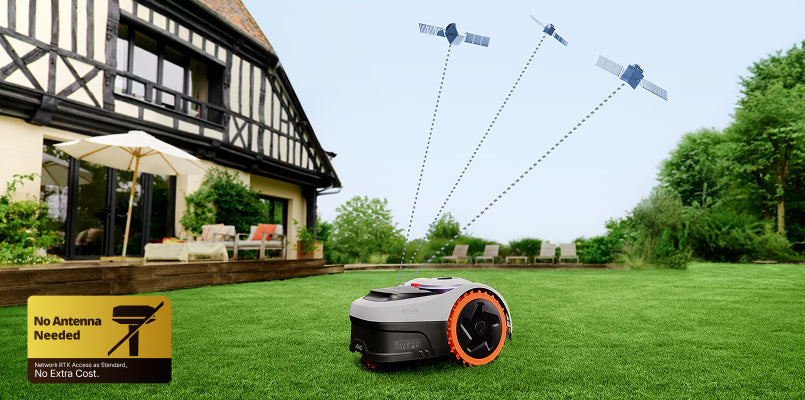

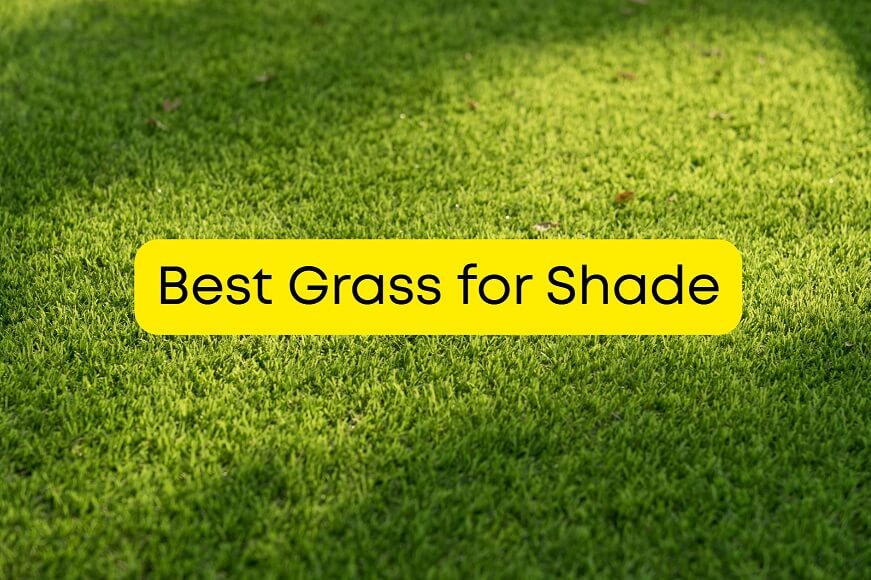
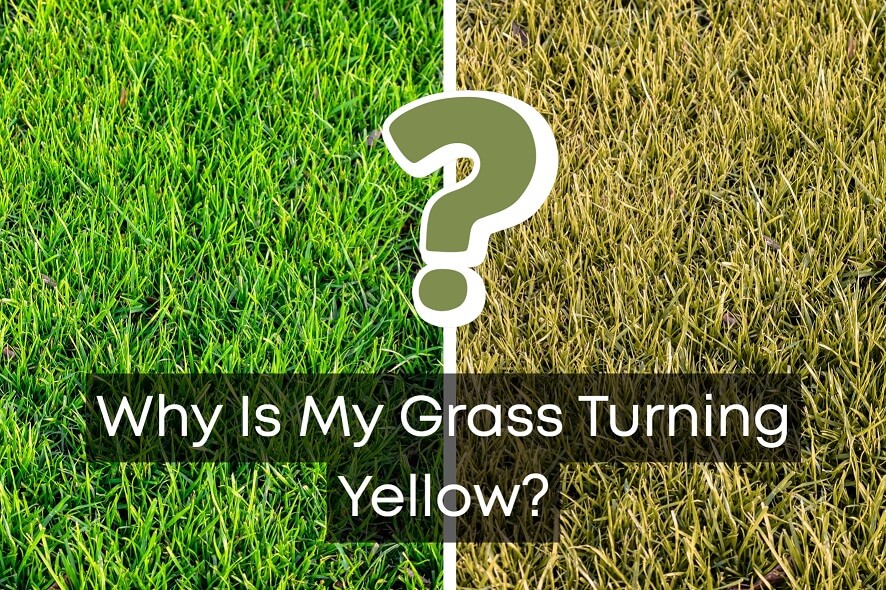

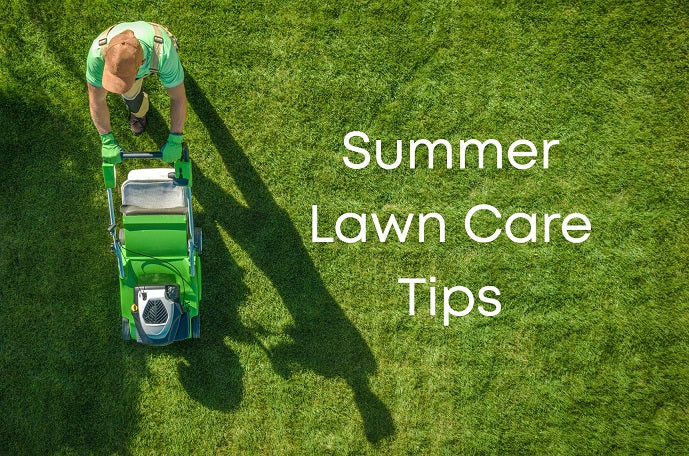
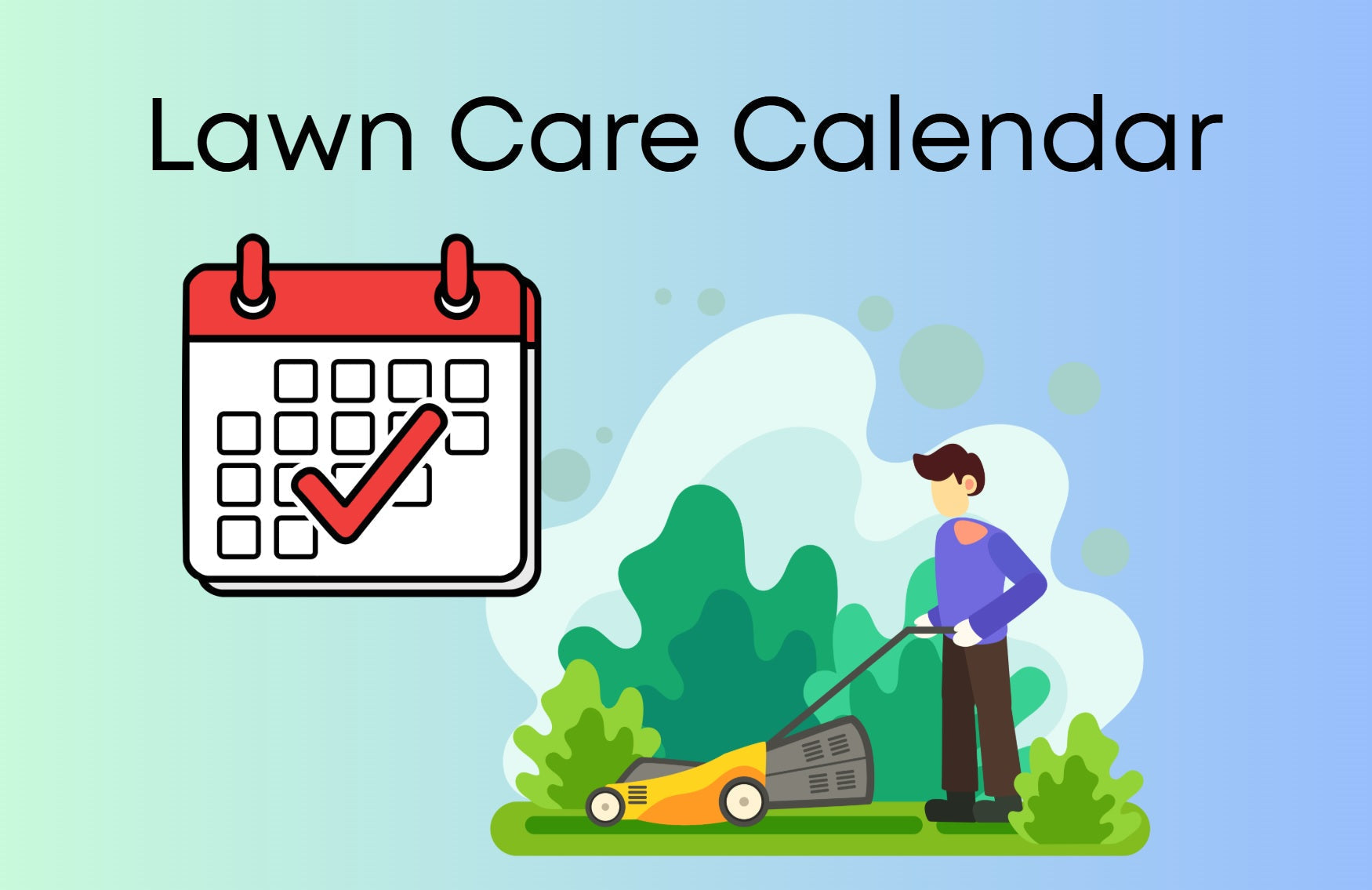
Share: